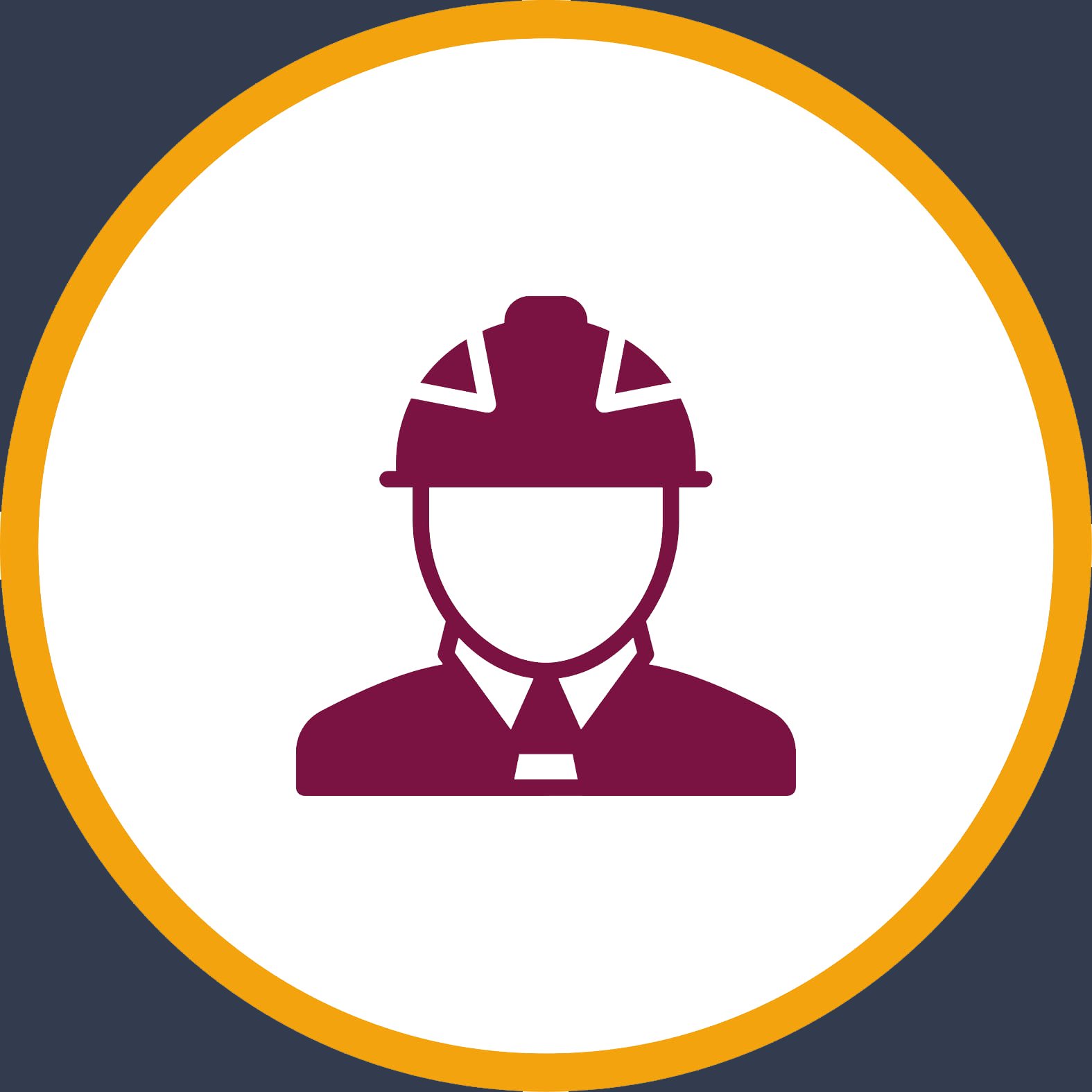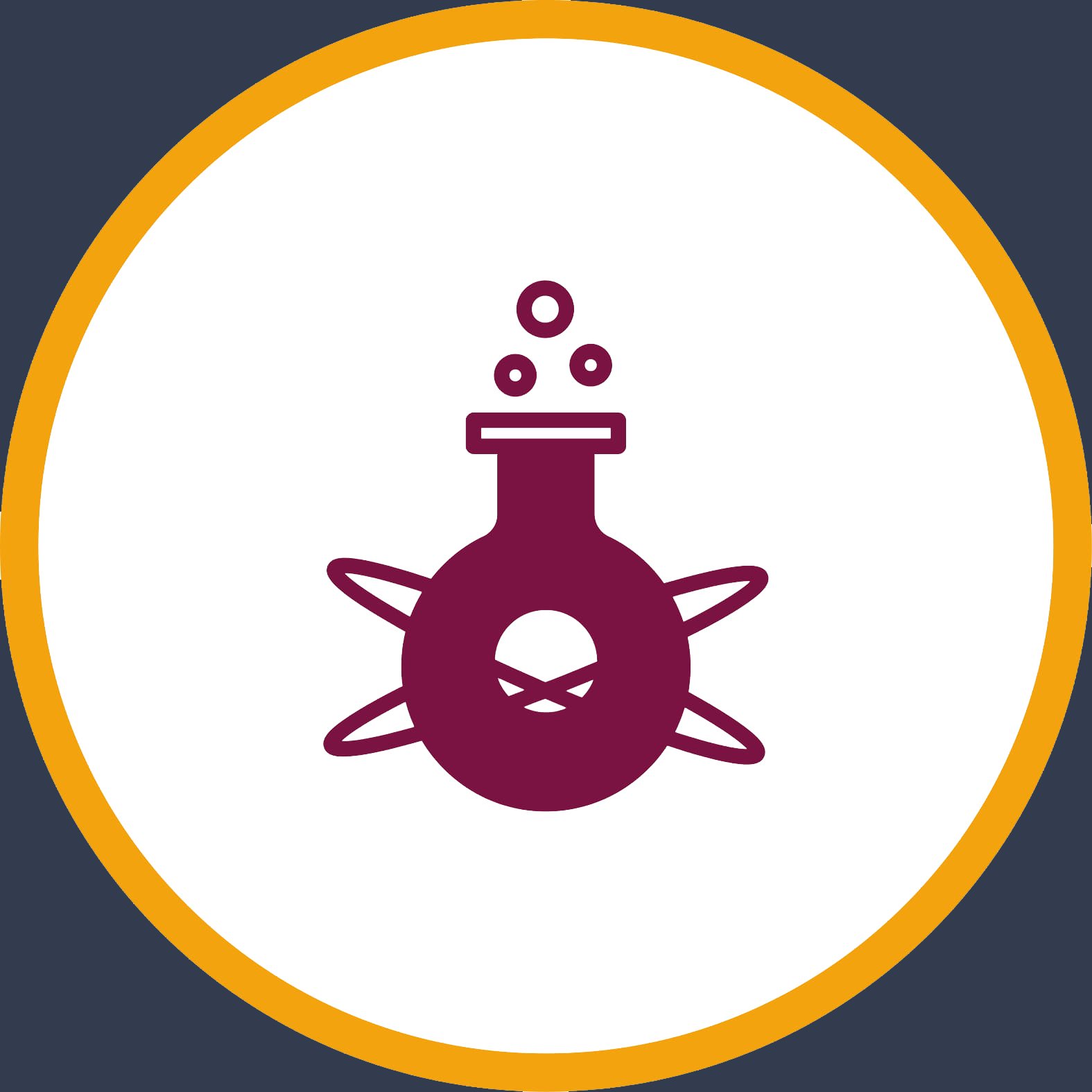Abstract and Objectives:
Usually students learn best by making tangible objects, the best place for making physical objects is a makerspace, a makerspace or a hackerspace is an ideal environment to build maker mindset. Makerspaces provide hands-on, creative ways to encourage students to design, experiment, build and invent as they deeply engage in science, engineering and tinkering and it is embedded with conventional tools plus cutting edge technologies.
A makerspace is not solely a science lab, woodshop, computer lab or art room, but it may contain elements found in all of these familiar spaces. Therefore, it must be designed to accommodate a wide range of activities, tools and materials. So, think of it as a combination of what used to be considered woodshop, an art class and a computer lab. Put all of those things together and add 3D printers, laser cutters and building materials all over the place. If you can picture that in your head, you kind of have an idea what a makerspace is.
In makerspaces learner knowledge is built by creating and interacting with physical objects. So, makerspaces are a big opportunity to bring media literacy and 21st skills to people, as formal (into schools) or informal education (into communities). But, teachers and communities needs guides, tools and training and more research about how to design makerspaces to promote make-based learning in different contexts (schools, libraries, communities, etc.) And users (children, adolescents, adults) are also needed.














